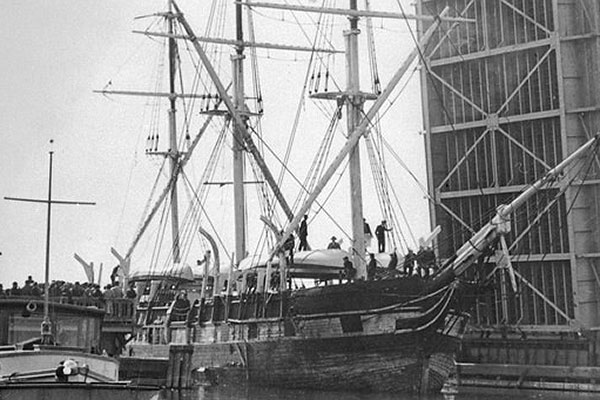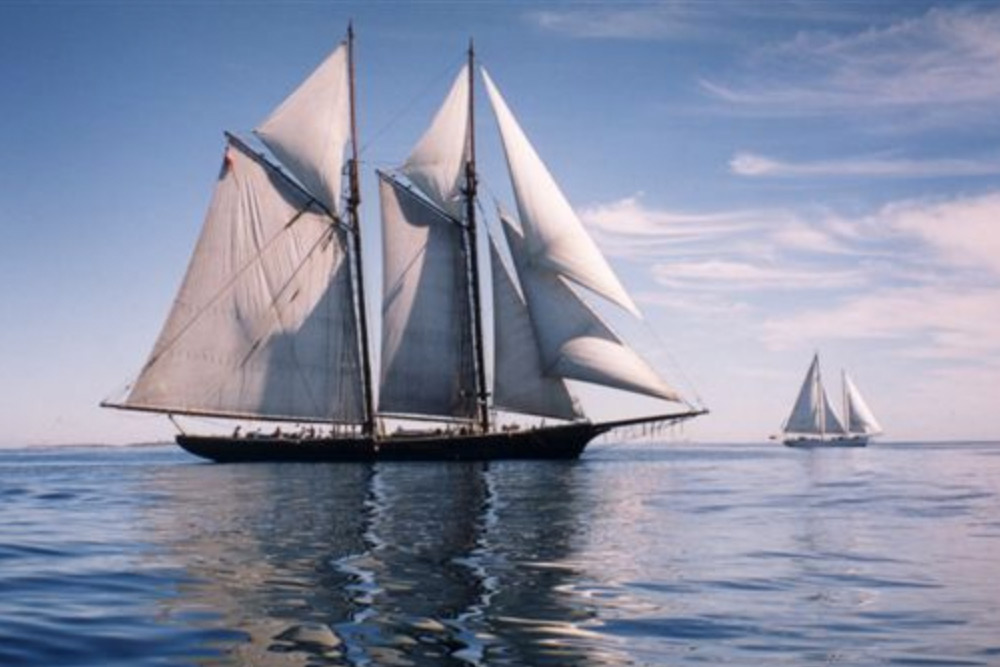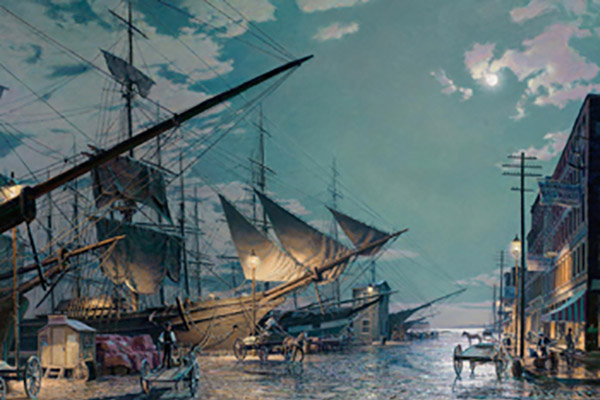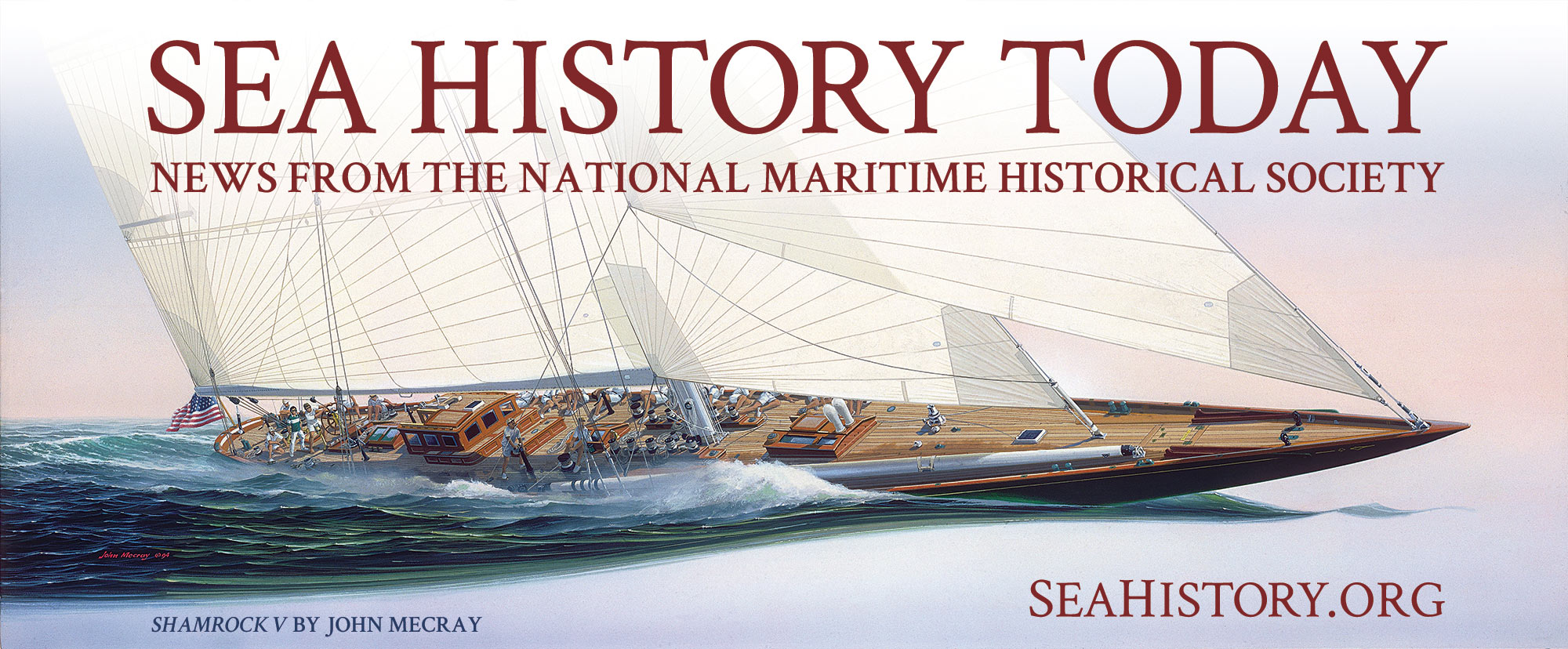LATEST NEWS
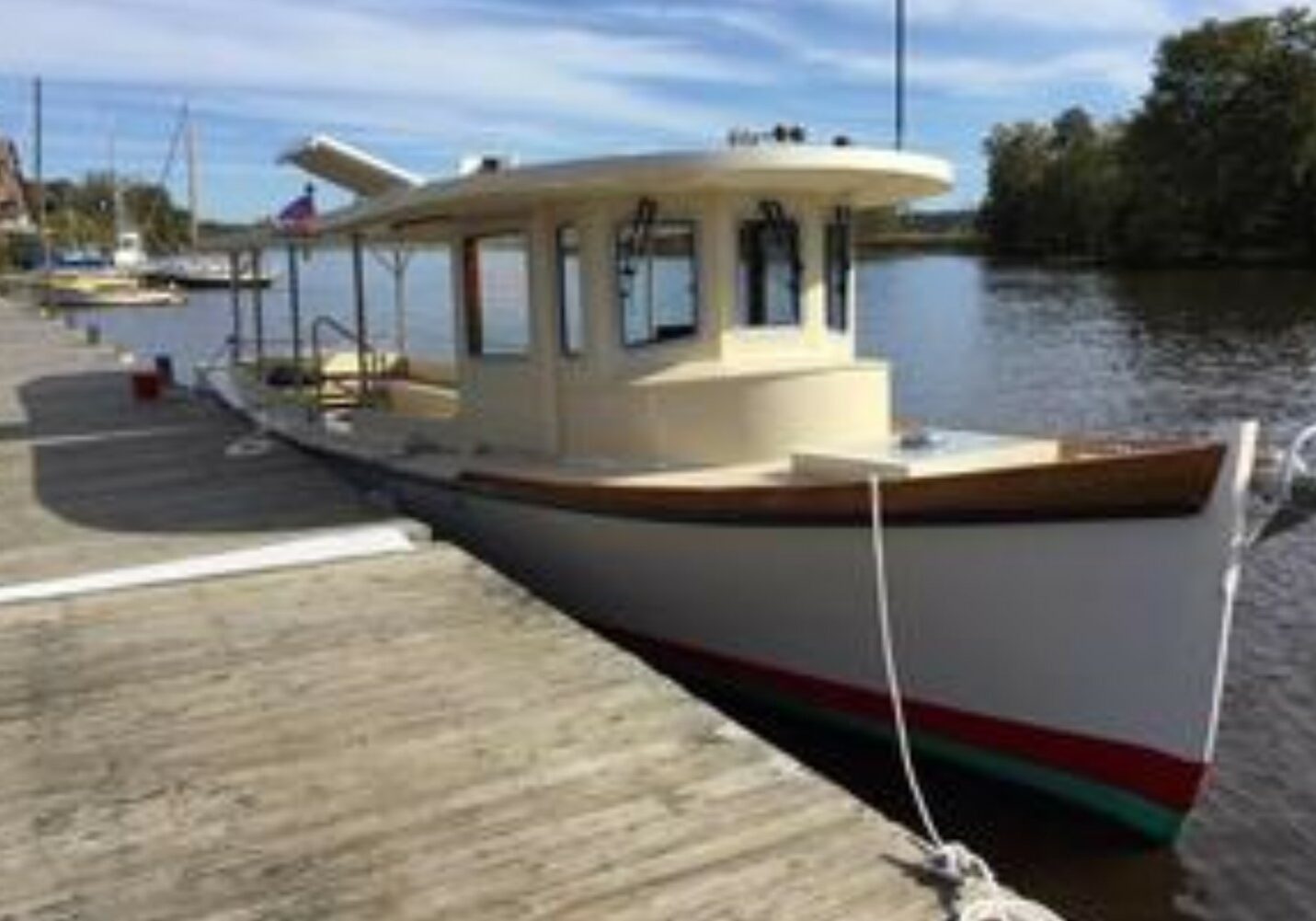
Sea History Today 7: Green Developments in the Maritime World – 21 February 2019
The Hudson River Maritime Museum (HRMM) in Kingston, NY, recently bought a special vessel. Solar Sal, the 44-foot boat pictured here with a capacity to carry 25 passengers, will help the museum expand its on-the-water activity, including lighthouse tours, school field trips, and charters—powered solely by solar energy. A solar array of sixteen 42” x 62” panels with a capacity of 360 watts per panel power the vessel, as well as charge the reserve battery. HRMM is conducting a contest to rename their new boat; visit the HRMM website to learn more. Deadline for contest entries is 15 March.
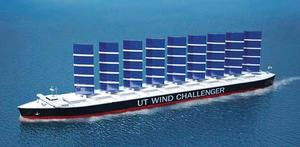 Solar Sal is just one example of the innovative ways the maritime world is looking to reduce fossil fuel consumption. The shipping industry, in particular, is eyeing cleaner—and, let’s face it, cheaper—ways to power its great cargo ships, often using wind energy to augment traditional fuel engines. Some of these systems will look somewhat familiar, such as the soft sails of the FAST (Future Automated Sailing Technology) rig, and the rigid sails of the UT Wind Challenger pictured here, a project of the University of Tokyo.
Solar Sal is just one example of the innovative ways the maritime world is looking to reduce fossil fuel consumption. The shipping industry, in particular, is eyeing cleaner—and, let’s face it, cheaper—ways to power its great cargo ships, often using wind energy to augment traditional fuel engines. Some of these systems will look somewhat familiar, such as the soft sails of the FAST (Future Automated Sailing Technology) rig, and the rigid sails of the UT Wind Challenger pictured here, a project of the University of Tokyo.
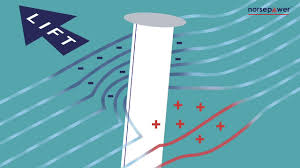 A technology that less resembles our notion of a ship under wind power is the rotor sail, a cylinder mounted vertically on the deck of a ship. Due to the magnus effect, the rotation of a rotor sail creates a difference between air speeds on either side of the cylinder, resulting in a lift force perpendicular to the wind direction. (If that’s hard to picture, Norsepower Ltd. has a short animation video here.) While many of these systems are being developed to supplement, rather than replace, fuel engines, they represent a significant step forward.
A technology that less resembles our notion of a ship under wind power is the rotor sail, a cylinder mounted vertically on the deck of a ship. Due to the magnus effect, the rotation of a rotor sail creates a difference between air speeds on either side of the cylinder, resulting in a lift force perpendicular to the wind direction. (If that’s hard to picture, Norsepower Ltd. has a short animation video here.) While many of these systems are being developed to supplement, rather than replace, fuel engines, they represent a significant step forward.
%20is%20a%20groundbreaking%20ferry%20constructed%20for%20Norled%20by%20the%20Norwegian%20Shipyard%20Fjellstrand%20in%20Omastrand%20in%20collaboration%20with%20Siemen.jpg) Another industry that is quietly—pun intended—going greener is the ferry business. Norway began operating Ampere, pictured here, as the world’s first battery-operated car and passenger ferry in 2015, and reports that the ferry operates with 95% fewer carbon emissions and at an 80% fuel cost savings over its fossil-fuel predecessor, while offering a much quieter, more pleasant rider experience. Ferry operators all over the world are adopting the technology, and Fjellstrand AS, the shipyard that built Ampere, reports an impressive fifty-three orders for similar vessels.
Another industry that is quietly—pun intended—going greener is the ferry business. Norway began operating Ampere, pictured here, as the world’s first battery-operated car and passenger ferry in 2015, and reports that the ferry operates with 95% fewer carbon emissions and at an 80% fuel cost savings over its fossil-fuel predecessor, while offering a much quieter, more pleasant rider experience. Ferry operators all over the world are adopting the technology, and Fjellstrand AS, the shipyard that built Ampere, reports an impressive fifty-three orders for similar vessels.
We will continue to report on these green innovations in the Ship Notes section of Sea History. And of course you can always look forward to stories of sailing ships, mankind’s first wind-driven vessels, and the many other stories from our maritime past and present.
Sea History Today is written by Shelley Reid, NMHS senior staff writer. Past issues can be read online by clicking here.
Category:


